 |
 |
 |
Combined sewer
overflow control |
|
 |
 |
 |
 |
Combined sewer overflow control refers to a sewer
system that removes waste water and rainwater via the same pipes and
drains. |
 |
This poses a problem
in terms of water pollution and public sanitation because the
combine system allows some non-treated sewage
to flow out during rain. |
 |
The revision of the ordinance for
enforcement of the Sewer Law mandated completion of combined
sewer overflow control within a decade
starting FY 2004. |
 |
Infrastructure target: Combined sewer
overflow control improvement rate: 17% (2004) > 40%
(2007) |
|
| Status of discharge of non-treated sewage |
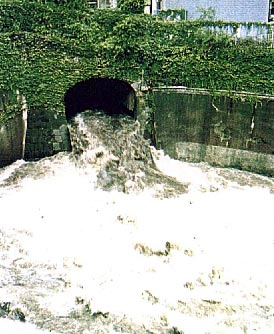 |
| Kanda River |
|
 |
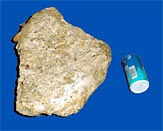 |
| Grease ball
cast ashore in Odaiba |
|
|
|
| Status of use of combined sewer overflow control |
| · 191 cities: |
cities with
10% of all sewerage (1,899 cities) |
| · 220,000
ha: |
20%
of surface area of all sewage treatment zones (about 1,370,000
ha) |
| · About
20%: |
30%
of population prevalence rate of all sewage treatment (about
68%) |
|
|
 |
 |
Method to
control combined sewer overflow |
|
 |
 |
 |
 |
Installation of reservoir facilities so
that sewage saved temporarily is processed later |
 |
Setup of infiltration facilities so that
rainwater does not enter sewers |
 |
Setup of screens so that sewage
flows only after removal of refuse in sewage |
 |
Increase in volume of sewage sent to treatment
facility, which boosts the capacity of sewage
pipes and improves the capacity to dam rain runoff |
|
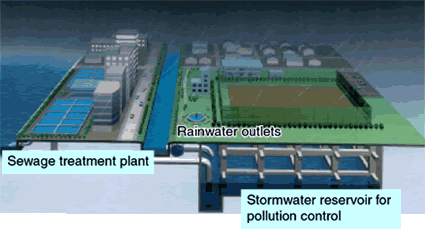 |
| Preparation of reservoir
facilities |
|
 |
| Setup of infiltration
facilities |
|
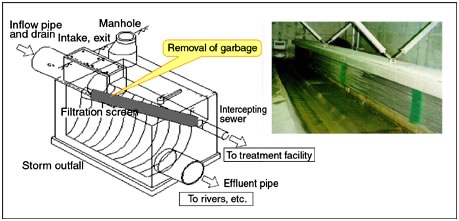 |
| Setup of screen |
|
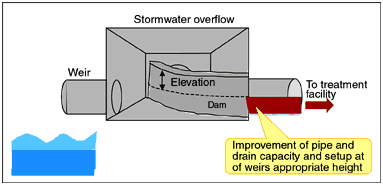 |
| Improvement of sewer
pipe capacity and height of stormwater overflow weirs |
|
|